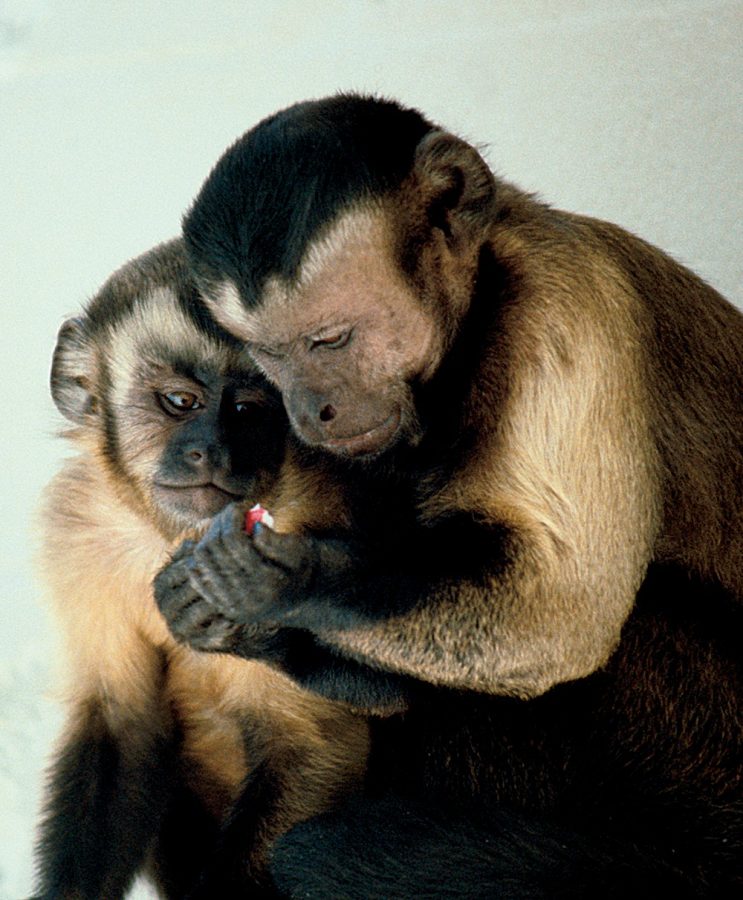Monkeys: Why they are unique, and how the Pandemic has threatened them.
Monkeys are one of the most popular animals among humans and are considered to be one of the most intelligent animals in the world. There are more than 260 types of monkeys in the world, and they are separated into two categories, the New World Monkeys and the Old World Monkeys. The Old World Monkeys generally live in hotter climates, such as Asia or Africa, while the New World Monkeys generally live in Mexico and the Americas. The most common New World Monkey is the capuchin monkey. Their diet consists mostly of fruits and nuts, yet if Proboscis monkeys consume it ripe, the fruit will ferment, which bloats their stomach and eventually kills them. Occasionally they eat small lizards, spiders, and eggs. Depending on if monkeys are in captivity or in the wild, they live between 12-30 years. If monkeys live in the wild, they live to about 20 years. However, if monkeys are kept in good conditions in captivity, they may live up to 30 years, as monkeys will not need to scavenge for food, and will have no natural predators as well. They would also need a consistent diet and medical treatment, allowing them to survive longer.
They usually represent humans, as they have similar characteristics, and the ways they express emotion or adaptivity are also similar to what humans do. They express grief and excitement like humans, and use tools to adapt to their environment. With human assistance, the first creature in space was a rhesus monkey with the name of Albert I. Unfortunately, Albert 1 did not survive after the mission.
Ever since the pandemic, zoos and enclosures for animals are often left unattended because of the restrictions from the pandemic, as well as the declining profit that zoos are making. Because of this, many monkeys have escaped over the course of a year to scavenge for food, and monkeys have passed through several towns, including a Thai town in September 2020. There were also several reports of missing monkeys from Cincinnati as of April 2021. More occurrences of these missing monkeys would likely encourage the endangerment or extinction of these vulnerable monkeys.

Chris Lee is in 8th grade who is currently attending Parks Junior High. He likes to read, spend time with his family, and play video games. He wants to...











